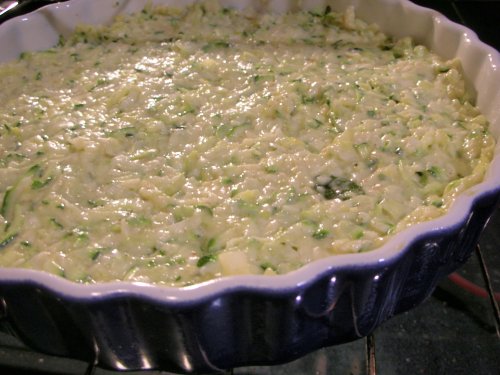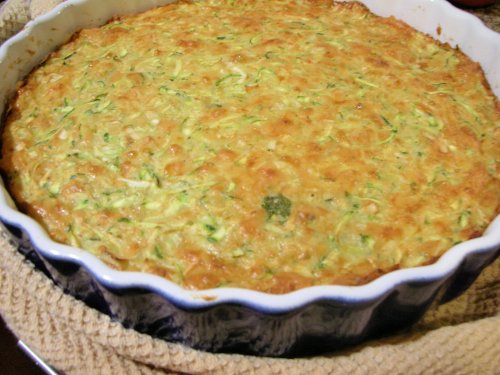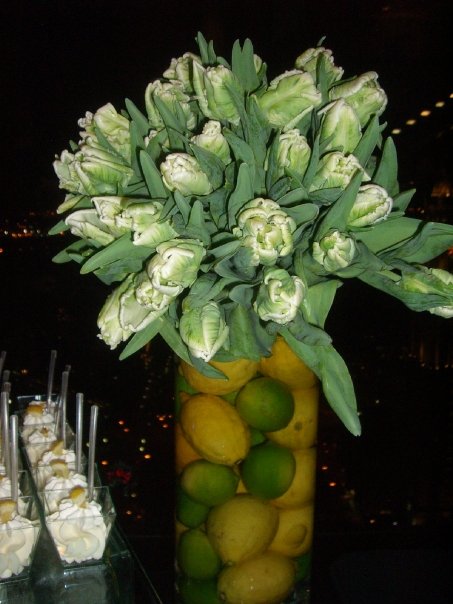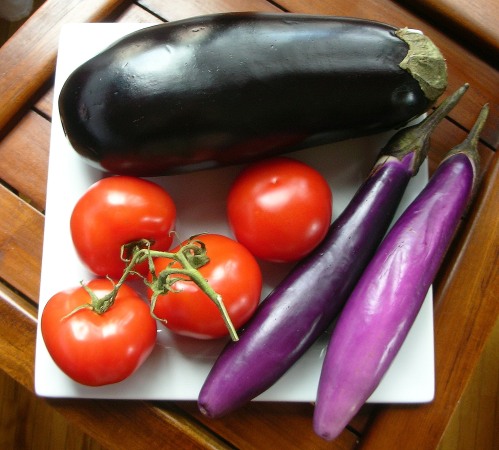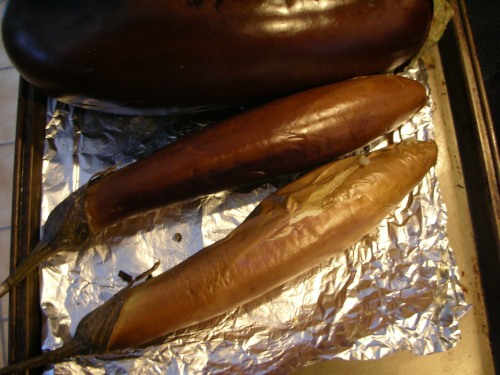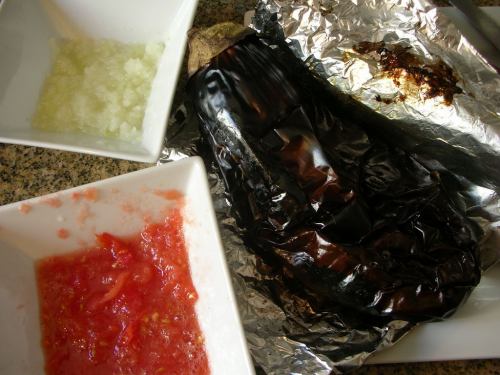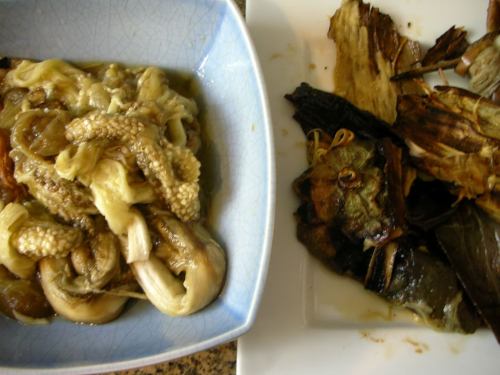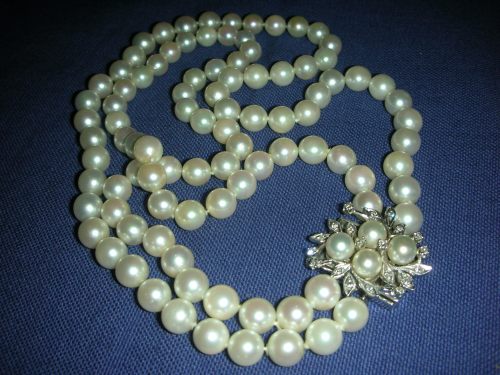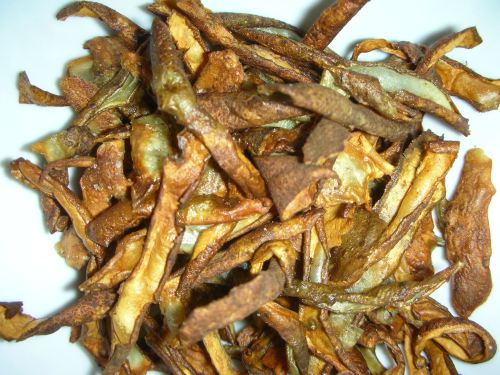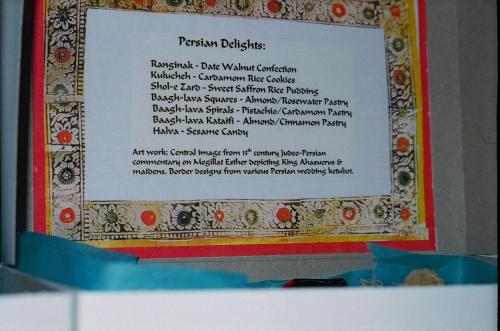
Rosh Hashana, falling around the beginning of the scholastic year, always feels more like the start of the year than the New Year according to the solar calendar. Like last year, I will be hosting my parents and sister as well as a bunch of other guests and will be cooking up a storm. As I prepare for the days of feasts, I’ve been collecting recipes and want to share my research, decision-making process, and menus. Please feel free to send me your favorite holiday recipes as well, either in the comments section or by emailing me directly.
By “holidays,” I am referring not just to Rosh Hashana, but Yom Kippur, and Sukkot. This year, RH and Sukkot fall on shabbat and Sunday so much of the food needs to be prepared in advance if you keep shabbat.
This Year’s Rosh Hashana Meals – this is the one time of year that I make food that is more traditional. I will be dinner for 8 (basri, or meat), lunch for 8 (basri), dinner for 4 (chalavi, or dairy), and lunch for 4-8 (basri leftovers)
Included in all meals: the most beautiful challah in the world (challah à la danois, pic below, recipe is my bread machine challah, and braiding technique to come soon; I’ll make it into a ring for RH), apples and honey*, new fruit (kumquats? baby kiwis? star fruit?)
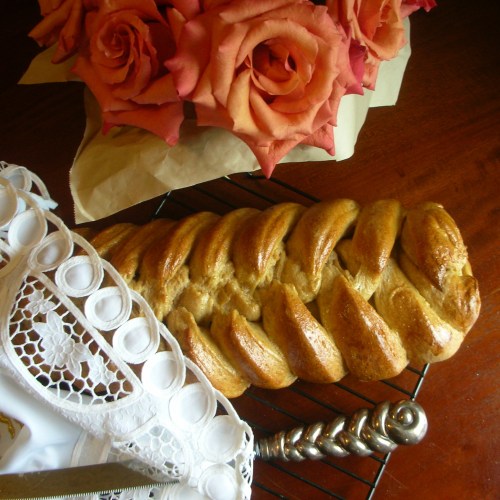
Dinner 1 (for 8-9, basri)
– Soup – possibly Cauliflower Turmeric with Hazelnuts (parve) or Chicken Soup

– Tomato and Onion Braised Brisket – I made this last year and have had special requests for it from my family — they particularly like the crusty bits; this year I will be making it in my new cocotte
– Moroccan-style Roasted Pomegranate Chicken – Another winner from last year and really easy, works for boneless-skinless chicken breast; Alternative chicken dish is Pomegranate Chicken Kebabs (pic and link to recipe below)– good on a grill or George Foreman and great served hot or room temperature

– White Bean Salad or Black Bean and Corn Salad
– Quinoa Salad with lime cumin dressing or with sundried tomatoes and basil (pics and link to recipes below)


– Starch: Mashed Potatoes (my sisters favorite) OR Orzo or p’titim/Israeli CousCous with Garlic Scape Pesto (I froze much of my batch; pictured below on perciatelli)

– Large Salad (to be brought by our guests)
– Fruit Salad (to be brought by our guests)
– Apple Tarte Tatin or a Gateau Pomme-Poire – to use Not Derby Pie’s “The Easiest Cake Ever” recipe with apples and pears
Lunch 1 (for 6-8, basri)
– Leftover Soup
– Leftover Brisket and Chicken
– Smoked Fish – sable, tuna, salmon from Nantucket Wild

–Haricots Verts aux Noisettes (pic and link to recipe below)

– Kibbutz Herb Salad: arugula, spinach, herbs – mint/cilantro/basil, tomatoes, toasted almonds (pic and link to recipe below)

– Bistro Chocolate Cake (recipe just posted)

– Honey Madeleines (pic and link to recipe below)
Dinner 2 (for 4, chalavi)
– Cucumber Gazpacho (recipe sent to me by Chef Chris Parsons, from Catch Restaurant, and using the Oikos Greek yogurt that Stonyfield Farm sent me)
– Pea Shoots Salad – pea shoots, tomatoes, roasted corn-off-the-cob (pic and link to recipe below)

– Salmon – recipe TBD…suggestions anyone?
– Baked Brie – another repeat request from last year (pic and link to recipe below)

– Lemon Mascarpone Tart (pic and link to recipe below)

Lunch 2 (6-8, probably basri)
– Whoo, I’m fresh out of ideas…last year I made deli wraps by the time we got to the 4th meal!
* Tapuchim U’dvash: Apples and Honey
It is traditional on Rosh Hashana to eat apples dipped in honey. Round apples (like round challahs) represent the world and cyclical nature of life. Honey is symbolic of a sweet new year. I found an article about different types of apples to help choose the best ones to eat and cook. My personal faves for eating are Fuji and Braeburn (and they are usually available and crispy year-round) and Crispins in the fall. For cakes/pies, I often use a mix of eating apples, more tart ones like Granny Smiths, and more soft ones like Golden Delicious for a variety of tastes and textures. I love buying apples at farmers markets when possible.
Before Rosh Hashana, I try to buy a new jar or two of honey. This usually lasts me an entire year. Last year, I bought Granja San Francisco Blossom Honey imported from Spain. This year, I bought some mint honey and some lemon verbena honey from the Herb Lyceum stand at the Copley Square Farmers Market (picture at top).
Yom Kippur Pre-Fast Menu – can’t deal with this yet and I’ll probably do something small, going to a friend’s for the Break-Fast
Sukkot Menus – can’t deal with this yet either
NOTE, the one meal I do love to make on Simchat Torah is late brunch post-hakafot. Sometimes I put my waffle iron on a timer. This year, I might make pancakes.

The Best of the Web (friends, Tweeps, Chefs, and Strangers): Feasting
– My friend Joel Haber (aka “Fun Joel” — seriously, Joel arrives and fun ensues ) wrote an article for the Jewish Journal (LA) with a bunch of internationally-inspired Rosh Hashana recipes. The article is entitled “Embodying Unity in Your Rosh Hashana Meal” and includes a recipe for sweet and savory Carrot Kugel that I just may try (coming from me, that’s saying a lot because kugel scares me!)
– Rosh Hashana Top Ten from Janna Gur, author of The Book of New Israeli Food (and whom I met a few months ago): check out the Beetroot and Pomegranate salad (I learned how to make it the class I took from her so I can personally vouch for it), Spicy Moroccan-style Fish, and Apple and Calvados Cake (I’d probably leave off the walnuts).
– NY Times article by Joan Nathan: “Rosh Hashana, Circa 1919”, including a recipe for poppy seed cake (9/16/09)
– LA Times article: “Rosh Hashana, Tunisian Style” with recipes from Got Kosher? Provisions take out and caterer in the Pico-Robertson area of LA. I was excited to find this article and accompanying recipes, including one for artichoke hearts with harissa salad, provided by Alain Cohen because he is related to the owner of Les Ailes in Paris — one of my favorite kosher North African restaurants, butcher, bakery, and take-out counter located next door to Folies Bergère. No trip to Paris for me is complete without at least one visit to the 9e arrondisement to grab a sandwich or salads to keep me going for the day or provisions for an overnight train to Berlin!
– 11 Holiday Menus from Epicurious for Rosh Hashana and Yom Kippur – I’ve chosen my favorite menus (and excluded the ones that are not kosher)
– Rosh Hashana Menus: Israeli, Sephardic, “Elegant”, Hungarian (by Joan Nathan – Jewish Cooking in America), and Italian (by Joyce Goldstein – Cucina Ebraica)
– Yom Kippur Break-fast Menus: Traditional Buffet (bagels and fish), Another Buffet (including apple spice cake and quiche – with non-kosher options, but quiche got rave reviews)
The Best of the Web: Imbibing
Every year, various publications put out top lists of kosher wines for the holidays. Sometimes these come out before Passover when every seder participant is required to drink 4 glasses of wine. My personal preference runs to Bordeaux and Bordeaux-style reds (including some of the nice ones coming out of Israel), but my family likes lighter white wines, including the infamous Moscato, which we call Sprite. Among whites, I also like a spicy Alsacian or German Gewürztraminer (Abarbanel makes a great one).
Here are a few lists that I have found recently (I have tried to post ones with prices when possible).
– Erika Strum’s Top 10 Kosher Wines – from March 2009, after attending the Kosher Wine and Food Expo and ranging in price from $15-$100; I attended this event in 2007 and first tried some of the wines that have become my faves and that Erika and I agree on. They include Domaine Du Castel Grand Vin 2005, Judean Hills (I actually prefer the Petit Castel and not because it’s less pricey but because it’s a bit of a softer Bordeax-style), Flor de Primavera Peraj Ha’abib, Capcanes 2005, Montsant Spain (I also like the Petita), and Hai, The Patriots 2005 Cabernet Sauvignon Reserve, Judean Hills, Israel (I recently bought this to try). As you can tell, I’m a red fan. Tasting notes and links are in Erika’s article.
– The Wine Spectator’s Kosher Wines for the High Holidays – referenced on HaKerem and including a few Gewürztraminer options in case I can’t find the Abarbanel one.
– Epicurious Top 5 Kosher Wines (date unclear, but probably recent as I have had some of these wines recently): I can personally vouch for the Gonzalez Byass Tio Pepe Palomino Fino Sherry for drinking and cooking and the Goose Bay 2007 Marlborough Sauvignon Blanc (my friends and I used to order this all the time last year at Clubhouse Cafe). I am looking forward to trying the Flechas de Los Andes 2007 Gran Malbec (Argentina) and generally enjoy Segal’s Cabernets
Read Full Post »

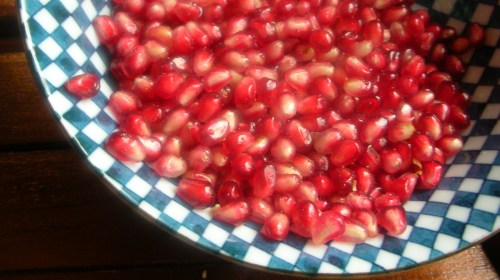
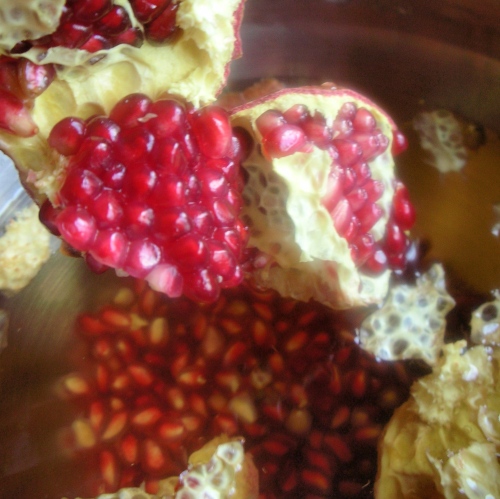



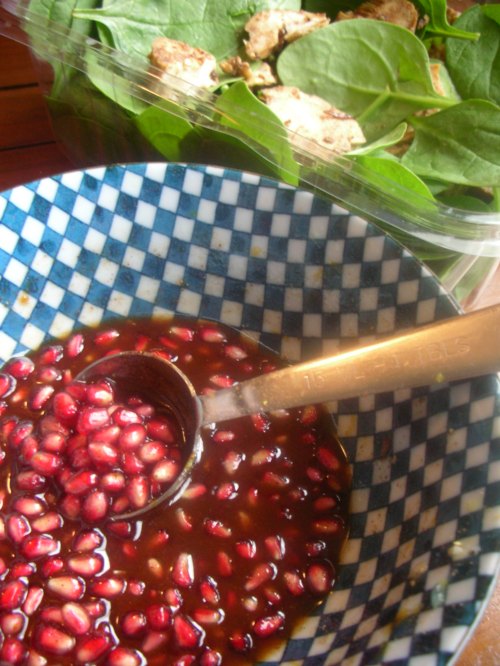


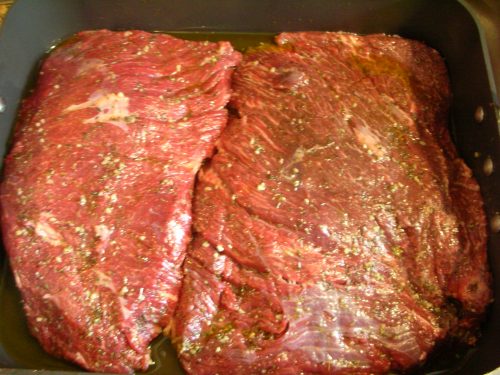


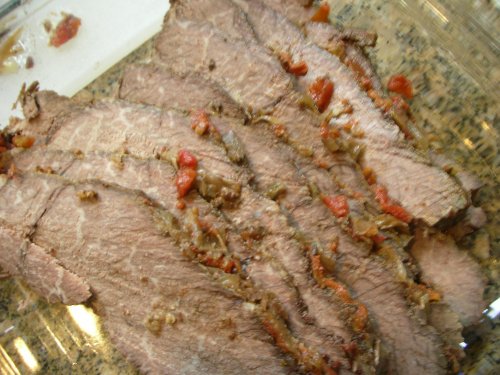




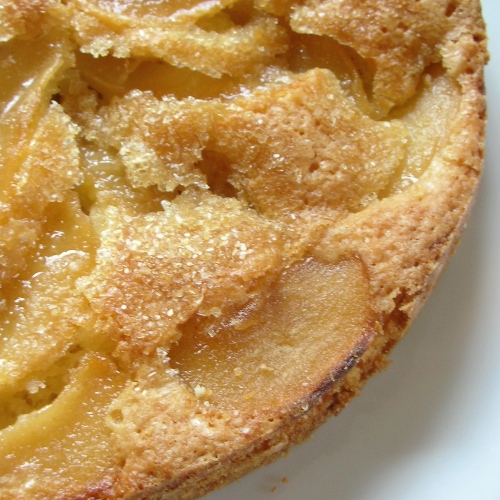
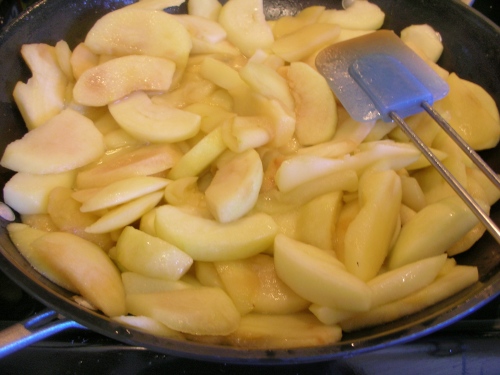
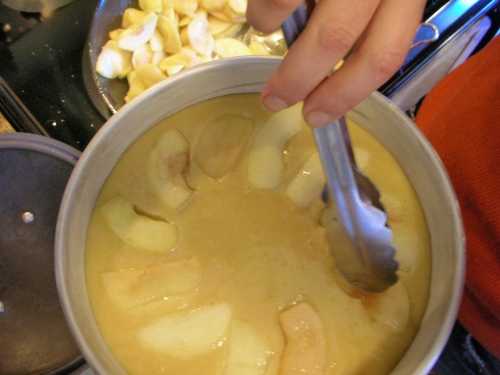
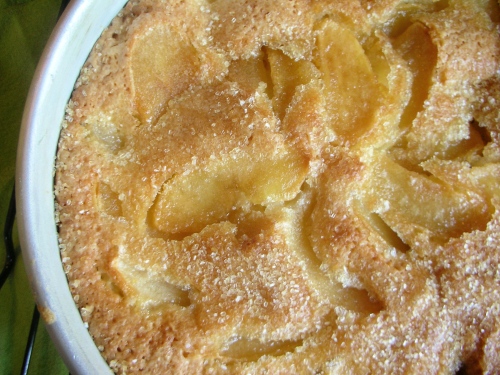
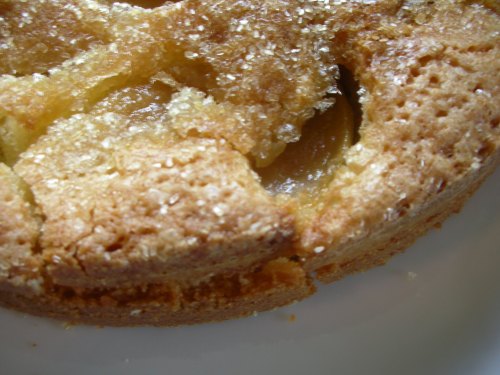



















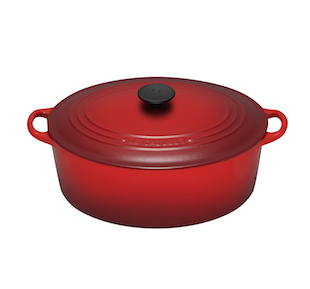



 n pensare, fare”
n pensare, fare”